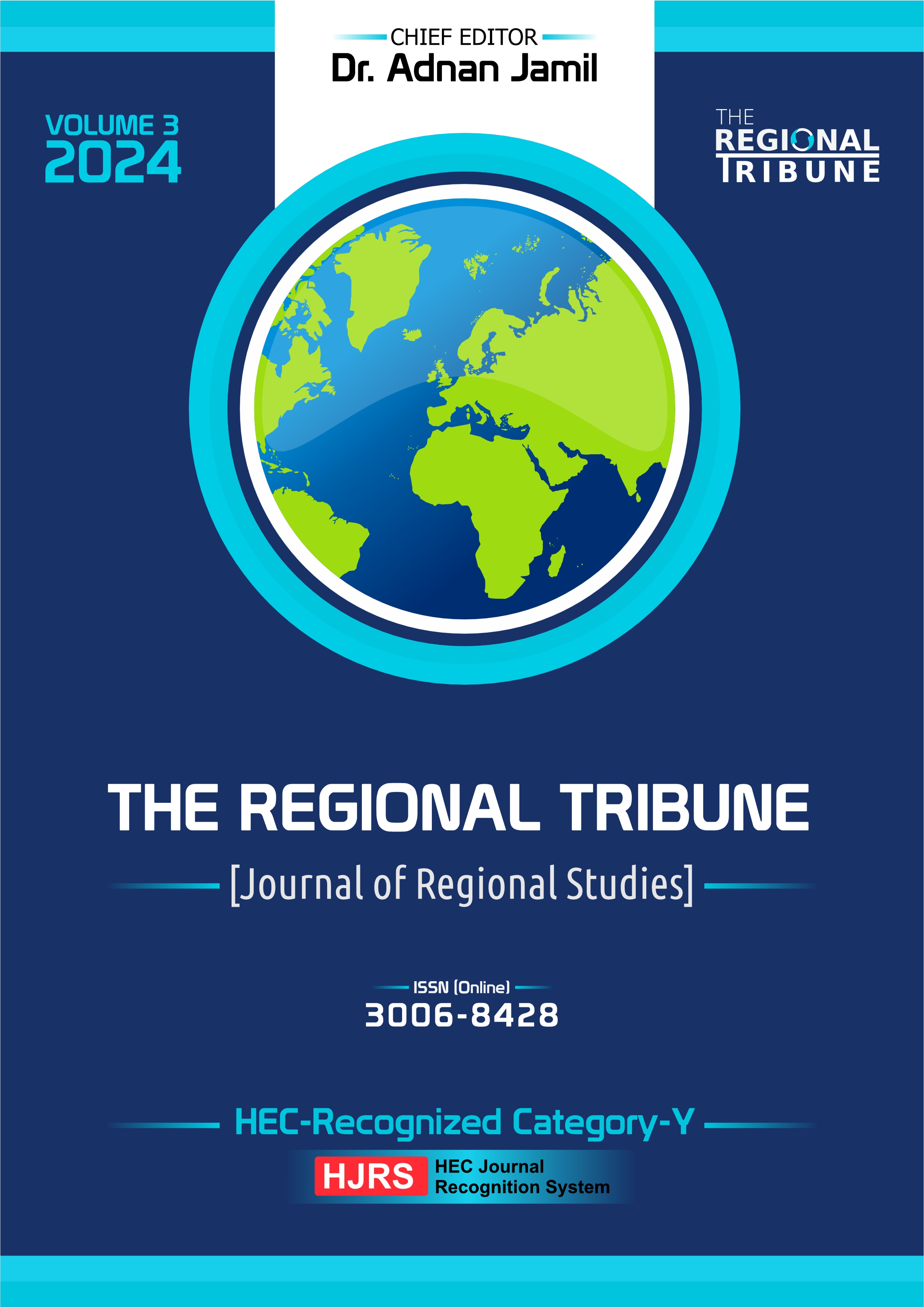School Climate and Academic Performance: A Correlational Study
DOI:
https://doi.org/10.55737/trt/V24.119Keywords:
School Climate, Academic Performance, Safety, Relationships, Physical Environment, SupportAbstract
This study aimed to investigate the relationship between school climate and academic performance of students at the elementary level. The objectives were to: identify the dimensions of school climate; assess the academic performance of elementary-level students; examine the correlation between school climate and academic performance. The study employed a descriptive research design, utilizing a survey method. The population consisted of 3,048 female students from elementary schools in Tehsil Kotli. A simple random sampling technique was used to select a sample of 346 female students. A five-point Likert-scale questionnaire with a reliability coefficient of 0.90 was used for data collection. Data were gathered through personal visits and analyzed using SPSS version 22, with statistical techniques including mean scores, frequency, standard deviation, percentage and Pearson's correlation. The study discovered a moderate and positive correlation between students' academic achievement and the school climate. Better academic results are associated with a pleasant school climate, underscoring the significance of preserving a nurturing and orderly learning environment to improve student achievement. It is recommended that, by promoting cultural safety and making sure that staff and students have safe access to facilities, schools may continue to provide a secure and encouraging environment. In order to improve the relationship between the home and the school, schools may also actively promote parental involvement through outreach initiatives and events.
References
Allodi, M. W. (2010). The meaning of social climate of learning environments: Some reasons why we do not care enough about it. Learning Environments Research, 13(2), 89–104. https://doi.org/10.1007/s10984-010-9072-9
DeWitt, P., & Slade, S. (2014). School Climate Change: How do I build a positive environment for learning?(ASCD Arias). ASCD.
Gerver, R. (2014). Creating tomorrow's schools today: Education-our children-their futures. Bloomsbury Publishing.
Kley, S. (2011). Explaining the stages of migration within a life-course framework. European Sociological Review, 27(4), 469–486. https://doi.org/10.1093/esr/jcq020
Lezotte, L. W. (2011). Effective schools: Past, present, and future. Journal for Effective Schools, 10(1), 3-22
Maxwell, S., Reynolds, K. J., Lee, E., Subasic, E., & Bromhead, D. (2017). The impact of school climate and school identification on academic achievement: Multilevel modeling with student and teacher data. Frontiers in Psychology, 8. https://doi.org/10.3389/fpsyg.2017.02069
Schonert-Reichl, K. A., & O’Brien, M. U. (2012). Social and emotional learning and prosocial education. Handbook of prosocial education, 2, 311-345.
Shouppe, G., & Pate, J. L. (2010). Teachers' perceptions of school climate, principal leadership style and teacher behaviors on student academic achievement. National Teacher Education Journal, 3(2).
Thapa, A., Cohen, J., Guffey, S., & Higgins-D’Alessandro, A. (2013). A review of school climate research. Review of educational research, 83(3), 357-385. http://dx.doi.org/10.3102/0034654313483907
Wang, M. T., & Eccles, J. S. (2013). School context, achievement motivation, and academic engagement: A longitudinal study of school engagement using a multidimensional perspective. Learning and instruction, 28, 12-23. https://doi.org/10.1016/j.learninstruc.2013.04.002
Downloads
Published
Issue
Section
License

This work is licensed under a Creative Commons Attribution-NonCommercial 4.0 International License.



